Note that, based on your requirement you can make use of Authorization code Flow if you want the user to sign-in and authenticate and if you want to access API using Application then make use of Client Credential Flow.
I tried to reproduce the same in my environment and got the results like below:
I created an Azure AD Application and added API permission:

For Client-Credential Flow, refer this GitHub blog by siddhijain.
Use the MASL java SDK to authenticate user in azure function developed in java.
Assuming that you want to authenticate user, you can make use of Authorization code Flow to generate access token.
I generated the Authorization code by using below endpoint:
https://login.microsoftonline.com/TenantID/oauth2/v2.0/authorize?
&client_id=ClientID
&response_type=code
&redirect_uri=RedirectUri
&response_mode=query
&scope=https://management.azure.com/user_impersonation
&state=12345
A sign-in screen will appear for authenticating the user:


To generate the access token, I used below parameters:
https://login.microsoftonline.com/TenantID/oauth2/v2.0/token
client_id:ClientID
client_secret:ClientSecret
scope:https://management.azure.com/user_impersonation
grant_type:authorization_code
redirect_uri:RedirectUri
code:code

I am able to call the Function by using above generated access token:

To implement the above in MSAL Java library, refer the below GitHub Blogs:
Microsoft-authentication-library-for-js/msal-node/auth-code AzureAD by derisen
Microsoft-authentication-library-for-js/samples/msal-node AzureAD by rgins16




